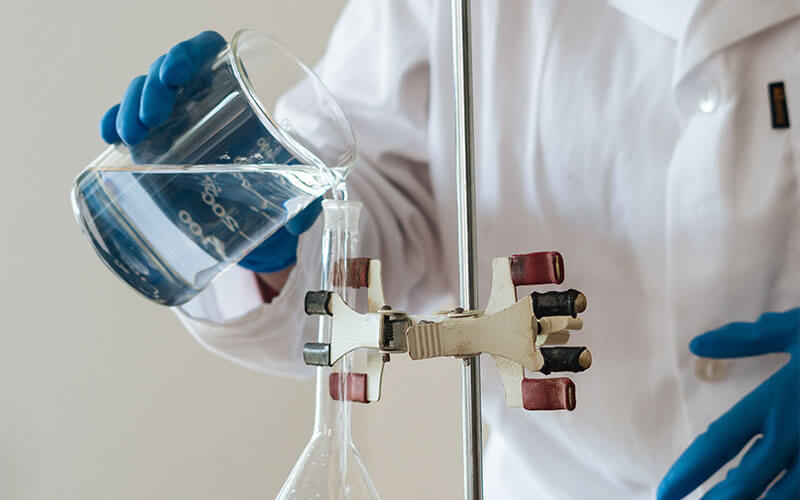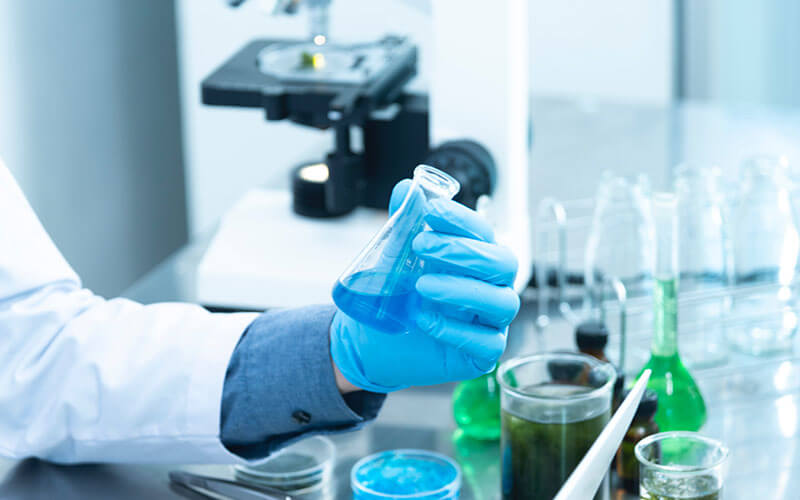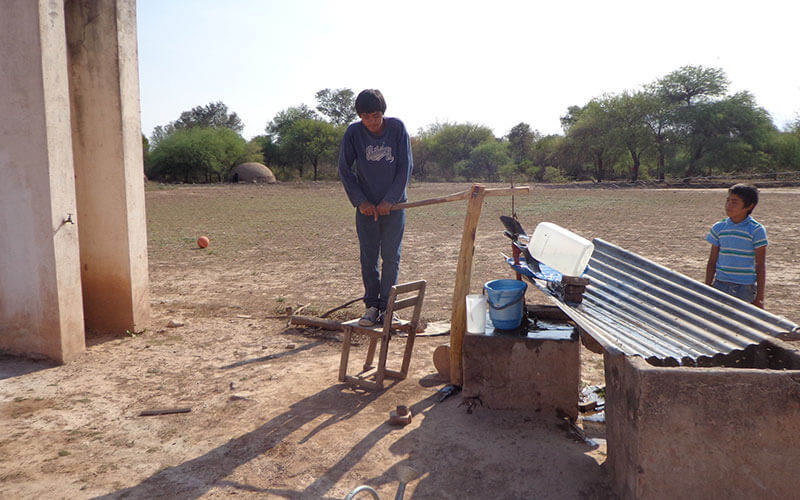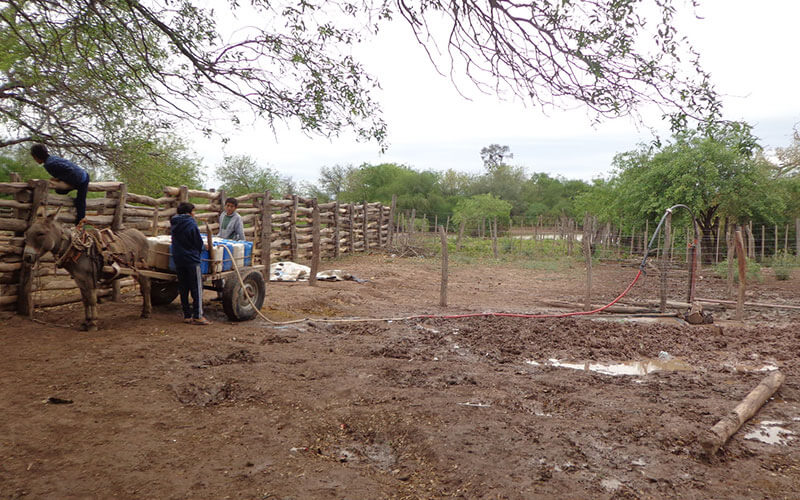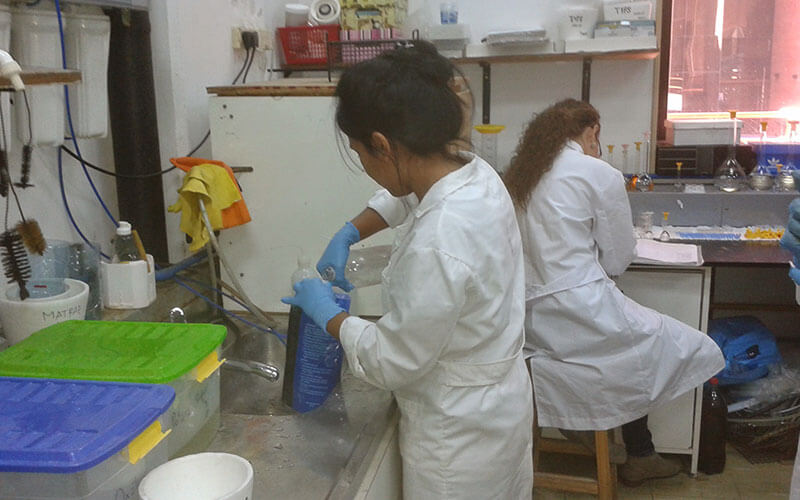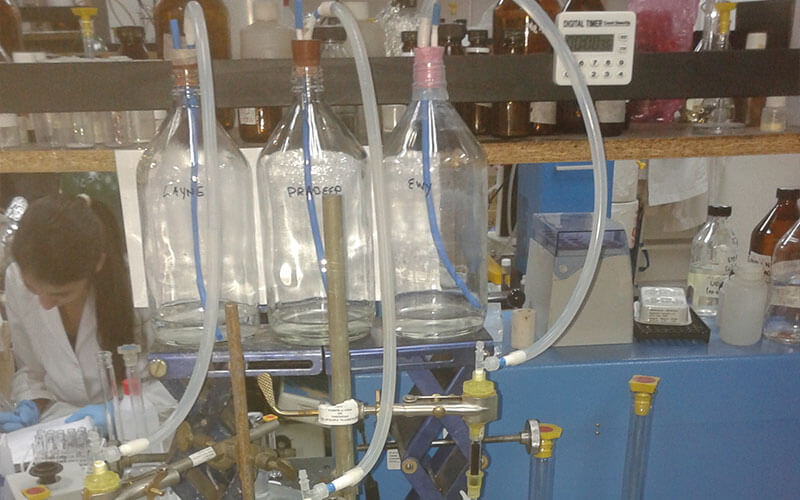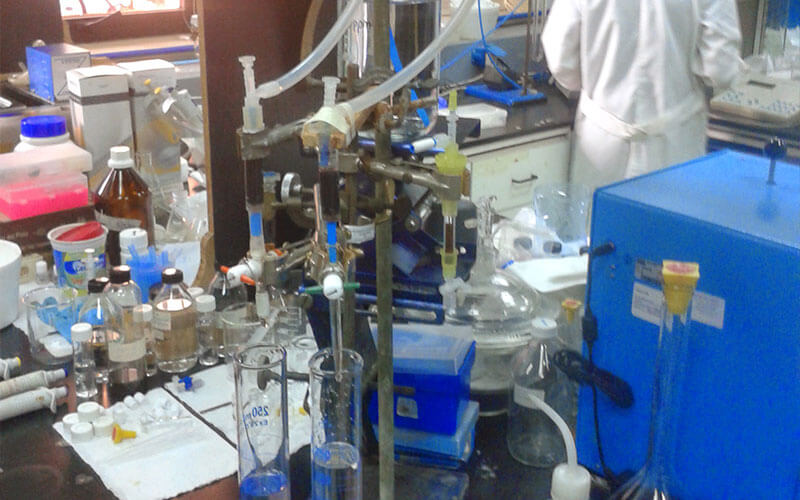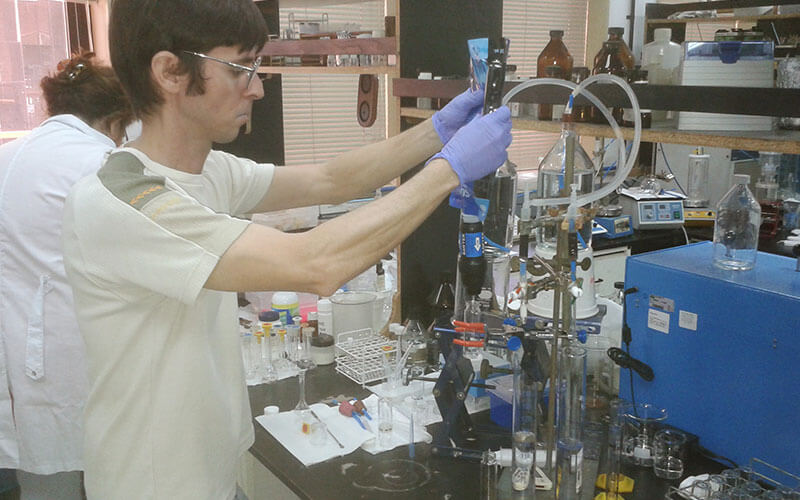In Argentina, according to the 2010 census, 1,956,089 homes do not have access to water, most of them belong to rural areas, and those who do have access. It is estimated that about 4 million people consume water with arsenic concentrations, higher than the tolerance limit recommended by the World Health Organization. Various surveys have shown that populations in rural areas of Argentina consume water with arsenic concentration levels that exceed 10 to 50 times the recommended limit, and this situation affects at least 16 provinces in Argentina.
Together with the National Atomic Energy Commission, Alimentaris aimed to identify materials or filtration devices in “point of use” to provide safe water to rural and vulnerable families affected by high concentrations of arsenic in aquifer waters.
As a result, filtering materials were explored and selected based on their efficiency, adaptation to the context and cost, and tests were conducted with identified filtration materials with both synthetic and natural waters of Santiago del Estero and Chaco.
The goal was to find high efficiency nano-materials for use in low-cost and easy maintenance devices that could treat water in rural and vulnerable areas that would provide enough safe water for a family to cook and drink.
The trials with iron materials showed that nano-particulate materials were much faster and more efficient at removing arsenic from water with concentrations higher than limit established by the WHO and the Health Ministry in Argentina. Specifically, two of the nano-materials obtained much better results than traditional materials, having filtered up to 1500 and 1800 bed volumes, lowering the arsenic concentration from 0.495 mg/L to 0.005 mg/L.



